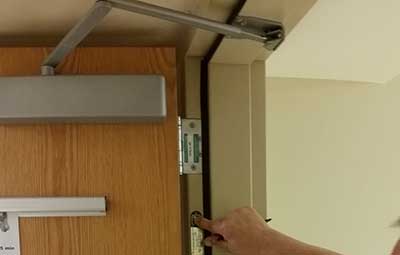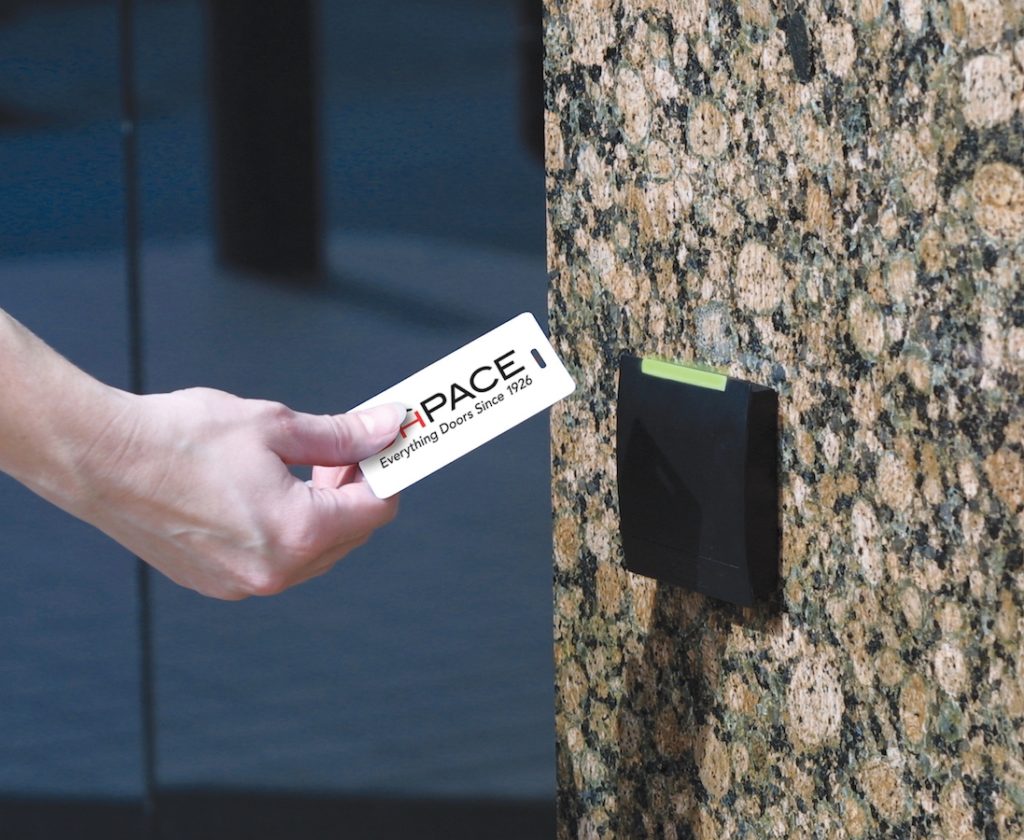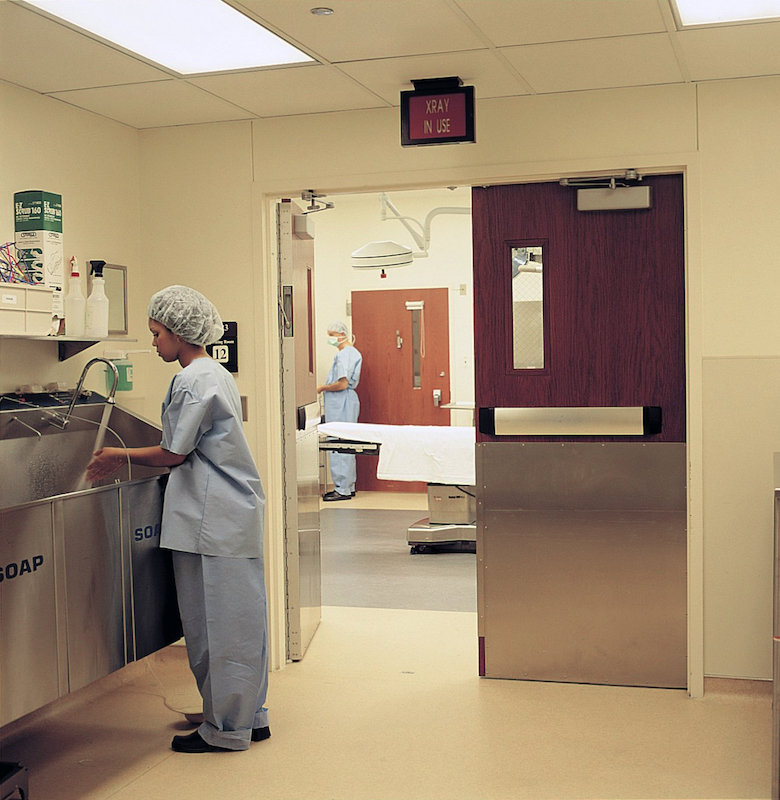12.28.2016
Hospital Maintains Openings for Accreditation from The Joint Commission

INTRO
An affiliate hospital of a university teaching hospital needed to address regulatory requirements within their facility in order to continue receiving federal funding. The affiliate hospital has one of the largest networks of physicians and providers in the metro area and surrounding communities. It offers more than 110 providers and 30 family practice and specialty clinics.
PROBLEM
According to door code requirements for The Joint Commission (formerly known as JCAHO), facilities must have fire doors inspected and tested by National Fire Protection Association (NFPA) standards annually to maintain accreditation. After attending a DH Pace training session, the hospital took action and found that some fire doors and frames were missing the appropriate labeling. In addition to providing a safe environment, maintaining accreditation motivated the hospital to act on their situation. If they failed to meet The Joint Commission standards, they risked losing vital federal funding.
SOLUTION
DH Pace recommended that the hospital agree to a FireCheck® Program inspection to identify all the openings that did not meet the standard requirements. After meeting with the hospital representatives to coordinate inspection details, a certified technician performed a survey of the hospital’s doors. The technician completed a visual inspection and functional tests that revealed the compliance issues.
The technician provided a deficiency summary outlining the details from the inspection process. From that, DH Pace submitted a written inspection report for 11 of the hospital’s openings and made recommendations how to fulfill their legal obligation to meet International Building Code (IBC), International Fire Code (IFC) and NFPA standards.
DH Pace recommended to replace six entire doors as a result of the inspection. They also dispatched door technicians to relabel two of the openings to meet code requirements. The Company found that other doors had minor deficiencies, which were recommended to be addressed in the future.
CONCLUSION
The FireCheck inspection saved the hospital both time and money by inspecting multiple openings and bringing them into compliance with building codes. Based on DH Pace’s inspection, hospital administration knew how to prioritize work that had to be completed immediately and which items could be addressed at a future date. Since the hospital acted on DH Pace’s recommendations, they avoided losing funding critical to the facility’s operations.



